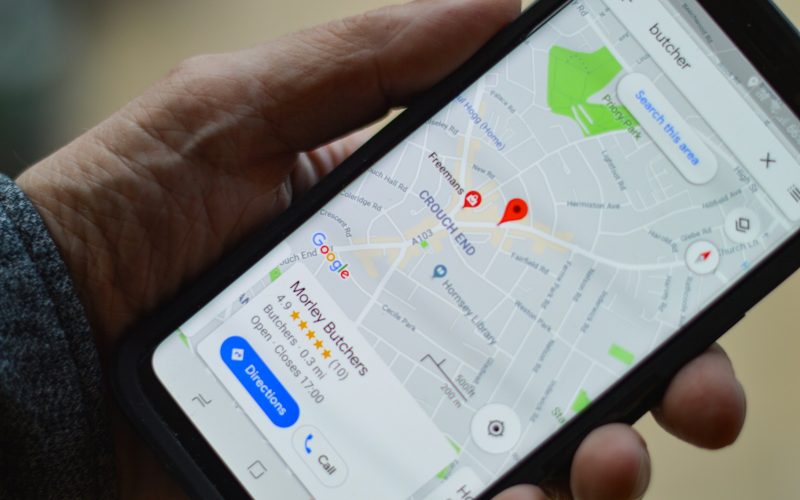Newsletters continue to be one of the main ways to successfully interact with customers. In this article, we will show you how to make the most of it.
Being in the business of creating websites, it’s easy to forget that no matter how good they look, how well they perform, or how optimized they are for search, a website alone will not attract visitors. You have to give them a good reason to come back.
Blogs and other content generation are one way to do this. Running special promotions is another. Prospect magnets are also a good idea.
That said, we are still faced with the problem of how to inform visitors to come back and see all these amazing new things that have been added to the site.
A newsletter is a great way to do this. The only thing is that you must first convince them to subscribe, and then create a regular newsletter service that is worth reading.
You should also find out how to make this free service worthwhile. In other words, how do you get visitors to not only subscribe and open your newsletters, but also click on links and take action on your site?
What makes a newsletter successful?
Let’s start by looking at what makes a successful newsletter.
These are the metrics you should pay attention to when evaluating the success of your own newsletter:
Open rate: an email service provider will first remove the number of emails that bounced (i.e., could not be delivered) from the count. Then divide the number of emails opened by the total number of subscribers. This tells you what percentage of subscribers opened them.
# emails opened / (# emails sent – # emails bounced) = Open Rate
Click-through rate: a similar calculation is performed to identify the rate at which people click on links in your emails. This is a more important metric, as it indicates that subscribers not only received the email, but cared enough about the message to take action (and return to your site).
# of e-mails clicked / (# of e-mails sent – # of e-mails returned) = Click rate
Click-to-open rate: this formula goes one step further and asks you to look at how effectively you are converting via email. In other words, for the people who were persuaded to open your newsletter, what percentage of them followed your call to action?
(# unique clicks / # unique opens) = Click-to-open rate
The unsubscribe rate and spam rate are also important to monitor. These metrics will give you a good idea of how subscribers feel about your newsletters and whether they are missing the mark or are a valuable asset in your marketing arsenal.
How to increase your newsletter open and click-through rates
Your newsletter data can do much more than tell you whether or not your email marketing efforts have been successful. You can also use it to identify problem areas.
Learn how to read the data and you can repair your email marketing flow to get more people to subscribe to your newsletter, open it and click back to your website.
WHEN YOU HAVE NO RECORDS
There are a number of things that may be wrong here, but they all stem from your website and, more specifically, the newsletter subscription form it contains. For starters, how is the form serving your visitors?
Is it like a pop-up window? That may be your problem right there. Our visitors are inundated with pop-ups: automatic notification requests, lead generation giveaways, cookie consent requests, site abandonment warnings, etc. Do not design your form to be easy to discard.
What about the design itself? Does it stick out on the page like a sore thumb or, conversely, does it get lost in the design? Are you asking for too much information? Are there other red flags?
This form is not only easy to complete, but includes all kinds of positive encouragement and trust marks around it.
Sharing the number of subscribers, promising exclusive access and asking for explicit consent are excellent ways to initiate a relationship with a subscriber. That way, when you send them that first newsletter, there will be no confusion about what it is or what kind of value they will get from it.
WHEN THERE ARE NOT MANY OPENINGS, BUT REBOUNDS ARE NO EXCUSE.
Let’s say your bounce rate is low, so you know that subscribers are receiving your newsletters. However, its opening rate is abysmal (below 5%). What is going on here?
Something is happening by the time your email arrives in your inbox.
First, take a look at your sender email. Does your address match your brand name or is it something like [email protected]? If you have a website, your email address must match the domain name. The same applies to the name in the “From:” field.
Another thing that could be happening is that your subject line is turning off subscribers.
While a little mystery might work in some cases to increase open rates, be very careful. Unless your subscribers know you well and trust the content you send them, sending a subject line like “How many fingers am I holding up?” probably won’t help your open rates. Always err on the side of clarity and positivity in case of doubt.
WHEN YOUR NEWSLETTER OPENS, BUT THE CTR IS TOO LOW
As I said before, it’s important to know your open rate, but it doesn’t mean much if you get 40% opens but no clicks. If that is what is happening to you, then there is one of a few underlying problems here.
The first is that the design sucks. It could be a number of things: the color palette is jarring, the images don’t load, the typography is hard to read. Or it could be because there is no design at all.
The second reason you may not get clicks is that there is nothing of value in the message.
Another thing to consider is the length of your newsletter. Unless your subscribers have signed up to receive long diatribes from you every week, save those speeches for your blog. You need the content of your message to be concise, valuable and readable if you want people to click on your links.
WHEN YOU HAVE A GOOD CTR, BUT YOUR BOUNCE RATE ON THE LANDING PAGE IS HIGH
Okay, so you’ve gotten your subscribers to open and click. However, for some reason, nothing happens on the landing page to which you have directed them.
The problem here is obvious: the landing page does not meet the expectations set out in the email.
If it is a blog post you sent them to, review the content. Does the description match the publication? Is the subject explored too superficially? Are there broken links, missing images or other errors on the page?
If it is a sales landing page that you sent them to, are you clear in the newsletter where you were going to send them? Does the landing page match the rest of your site or could it pass for a phishing page? Is there an overwhelming amount of content to get through?
It really doesn’t matter where the link goes, as long as you set the right expectations in your newsletter and then deliver on the linked page.
After all this, you may find that your metrics are mixed. Sometimes you get a lot of opens and clicks, sometimes you don’t. That could mean that your newsletter content is inconsistent and that you need to refine your strategy so that you only deliver the types of content that your subscribers find most valuable. It may also mean that you need better list segmentation.
If you suspect something is wrong and your open and click-through rates should be higher, run A/B tests with some alternative layouts and content. You may be surprised by what you find. If you want to outsource this service, Several will be happy to help you. Shall we talk?






